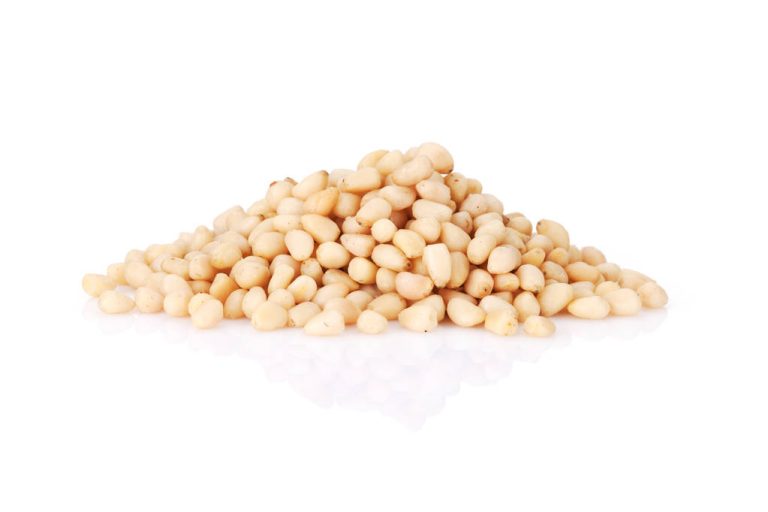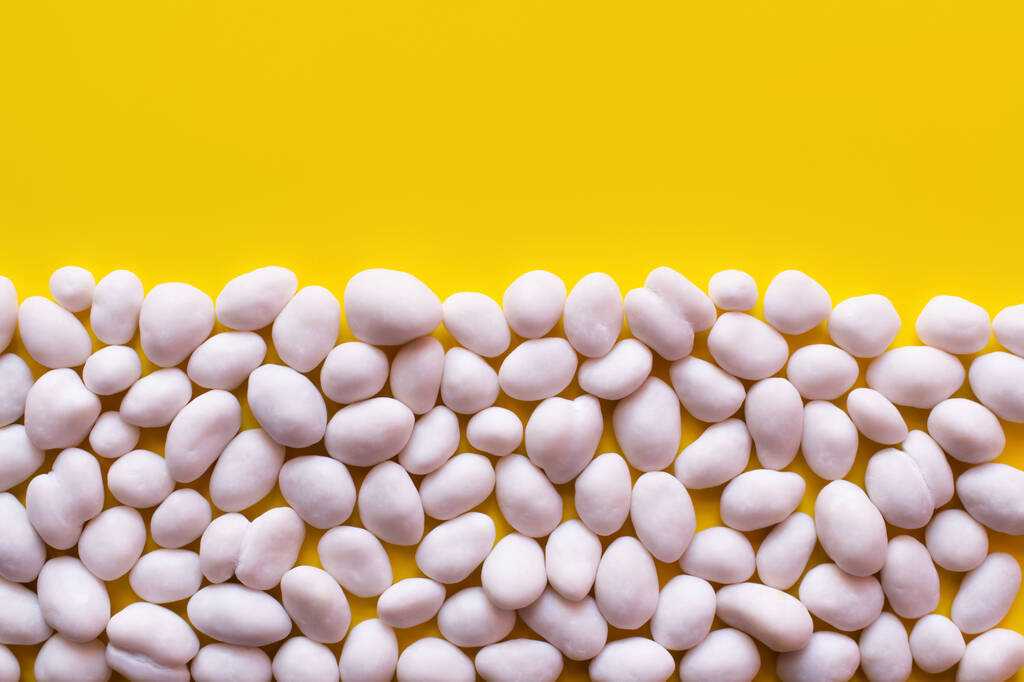Pine nuts are a popular salad topping and a popular ingredient in pesto and co. Pine nuts become particularly aromatic when you roast them. We’ll show you how it works.
Pine nuts have a very special aroma that gives many dishes a unique touch. Cultivation and harvesting are mostly done by hand. Pine nuts from the European Mediterranean region are often more expensive than products imported from China or Korea.
For the sake of the environment, we still recommend pine nuts from the European Mediterranean region, for example from Spain, Portugal or Turkey. These have a much shorter transport route behind them and often taste more intense. You can recognize pine nuts from Europe by their drop-like shape. Kernels from Asia, on the other hand, are elongated and narrow.
You can toast pine nuts in a pan or in the oven. Here you can find out how it works very easily.

Roasting pine nuts: This is how it works in the pan
Put the pine nuts in a pan without adding fat. Distribute the cores so that they are not on top of each other.
Set the stove to medium-high and turn the pine nuts several times to avoid burning them.
As soon as the pine nuts are slightly brown and smell pleasant, you can remove them from the pan.
How to roast pine nuts in the oven
Scatter the pine nuts on a grease-free baking sheet.
Set the oven to 160 degrees and put in the pine nuts.
After 10 to 15 minutes, you can take out the seeds.
Let the pine nuts cool on the baking sheet.
Roasted pine nuts are a delicious topping for salads and go well with pasta sauce and pesto. Couscous salad and various vegetable dishes are also rounded off with the delicious aroma of pine nuts.
Pine nuts not only taste delicious, but also have a lot of important vitamins and minerals. In addition to vitamin B1 and vitamin B2, they contain large amounts of iron and magnesium. They are also rich in phosphorus and the trace element zinc.




